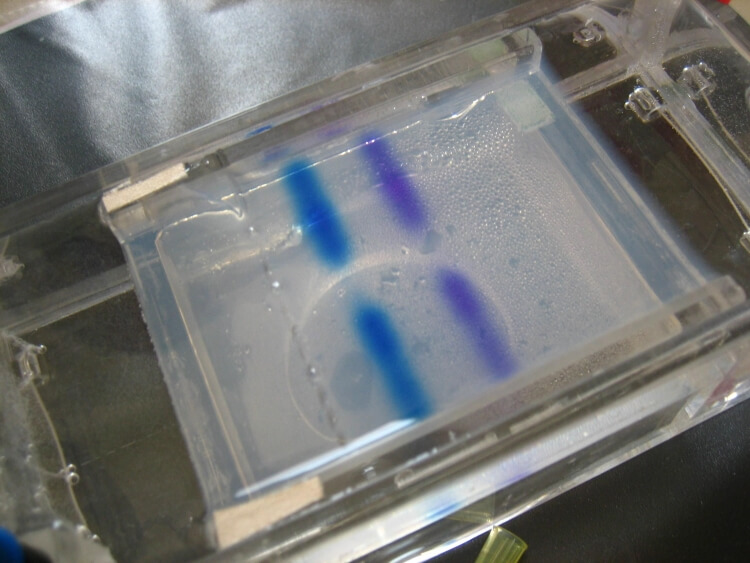2h
Guinea pig IgG(Immunoglobulin G) ELISA Kit
Guinea pig IgG(Immunoglobulin G) ELISA Kit
IgG
100ug/mL
0.48ug/mL
1.23-100ug/mL
Competitive Inhibition
Infection immunity;Immune molecule;Hematology;
ELISA Enzyme-linked immunosorbent assays Code 90320007 SNOMED
E05 478 566 350 170 or Enzyme-Linked Immunosorbent Assays,E05 478 566 350 170 or Enzyme-Linked Immunosorbent Assays
Guinea pig ELISA kits for plasma and sera samples are used to study human genes through the guinea pig model (Cavia porcellus), also called the cavy rodent model. After mouzes and rats Guinea pigs are easy in maintained laboratory animals. cDNAs of Guinea pigs are also very popular.
Immunoglobulin gamma, IgG, mouse monoclonal H&L chain clones or rabbit, goat polyclonal antibodies have 4 parts. There are 2 heavy chains, 2 light chains. The IgG antibody has 2 antigen binding sites. They represent 70% or more of serum antibodies. This antibody can be antigen purified or protein A or G purified. For storage sodium azide is added or you can call us to request azide free antibody preparations. These will need colder storage temperatures.Pigs and the smaller guinea pigs are frequent used as models for humans.
The microtiter plate provided in this kit has been pre-coated with an antigen. Standards or samples are then added to the appropriate microtiter plate wells with a Horseradish Peroxidase (HRP)-conjugated secondary antibody. After TMB substrate solution is added, those wells that contain Immunoglobulin G (IgG) will exhibit a change in color. The enzyme-substrate reaction is terminated by the addition of sulphuric acid solution and the color change is measured spectrophotometrically at a wavelength of 450nm ± 10nm. The concentration of Immunoglobulin G (IgG) in the samples is then determined by comparing the O.D. of the samples to the standard curve.
